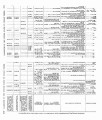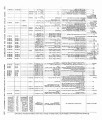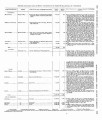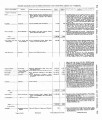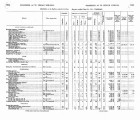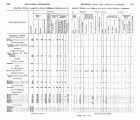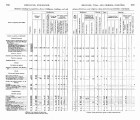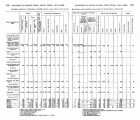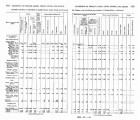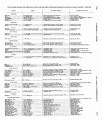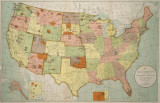| OCR Text |
Show I REPORT OF TEE COMMISSIONER OF INDIAN AYBAIRB. 59 appropriated by the settlers above the reservation, so that during the last few years the river has been almost dry on the reservation during the irrigation season. The Department of Jnstice was asked to institute legal proceed-ings to stop the diversion of water from the Indians, but they are only entitled to so much of the waters of the river as they have been accustomed to use, which amount it has been found impossible to determine. An investigation of the water supply was made under the direction of the Geological Survey. It showed that there was no method of obtaining a sufficient supply of water except by the construction of a dam and reservoir at some point on the river above the reservation. (Senate Doc. 27, Fifty.fourth Congress, second session.) Further investigation showed the best and most economical location for such a reservoir to be near San Carlos. (Senate Doc. 37, Fifty-sixth Congress, first session.) During the last session of Congress a bill (H. R. 3733) "To anthor-ize the construction of a reservoir near San Carlos, Ariz., to provide water for irrigating Sacaton Reservation, and for other purposeu," was introduced and referred to the Committee on Irrigation and Arid Lands. This hill appropriates the sum of $1,000,000 for the purpose of sounding for bed rock at the foundations of the proposed San Carlos dam, for preparing detailedplans and estimates, and for beginning the construction of foundat~ons and completion of said dam or dams, the money to be expended under the direction of the S e c r e t a ~of the Interior, and the work to begin as early as possible and to be prose-cuted to completion without delay. The estimate of the Geological Survey for the entire work, including damages for right of way and diversion dam at the head of the Flor-ence Canal, was $1,038,926. The reservoir is estimated to be of suffi-cient capacity to irrigate 100,000 acres in addition to the lands of the Indians. As the valuation of a perpetual water right is not less than $10 per acre in Arizona, the value of the lands reclaimed in addition to the Indian lands would he equal to the proposed appropriation. April 24, 1900, this office made report upon the bill, in which it expressed the hope that it would be favorably considered by the com-mittee and by Congress. The bill was not passed, but Congress appropriated the sum of $30,000 for the temporary support of the Indians of the Pima Agency. It is understood to be the purpose of the Department to expend this $30,000 in the construction of ditches, with the view of having them available whenever the reservoir shall be constructed, Indians to be employed in the work. While the ditches may not,be of use, it is cer-tainly wise to require the Indians to perform labor in return for the appropriation, as otherwise they might be led to abandon their former hahits of industry and become pauperized. |








































































































































































































































































